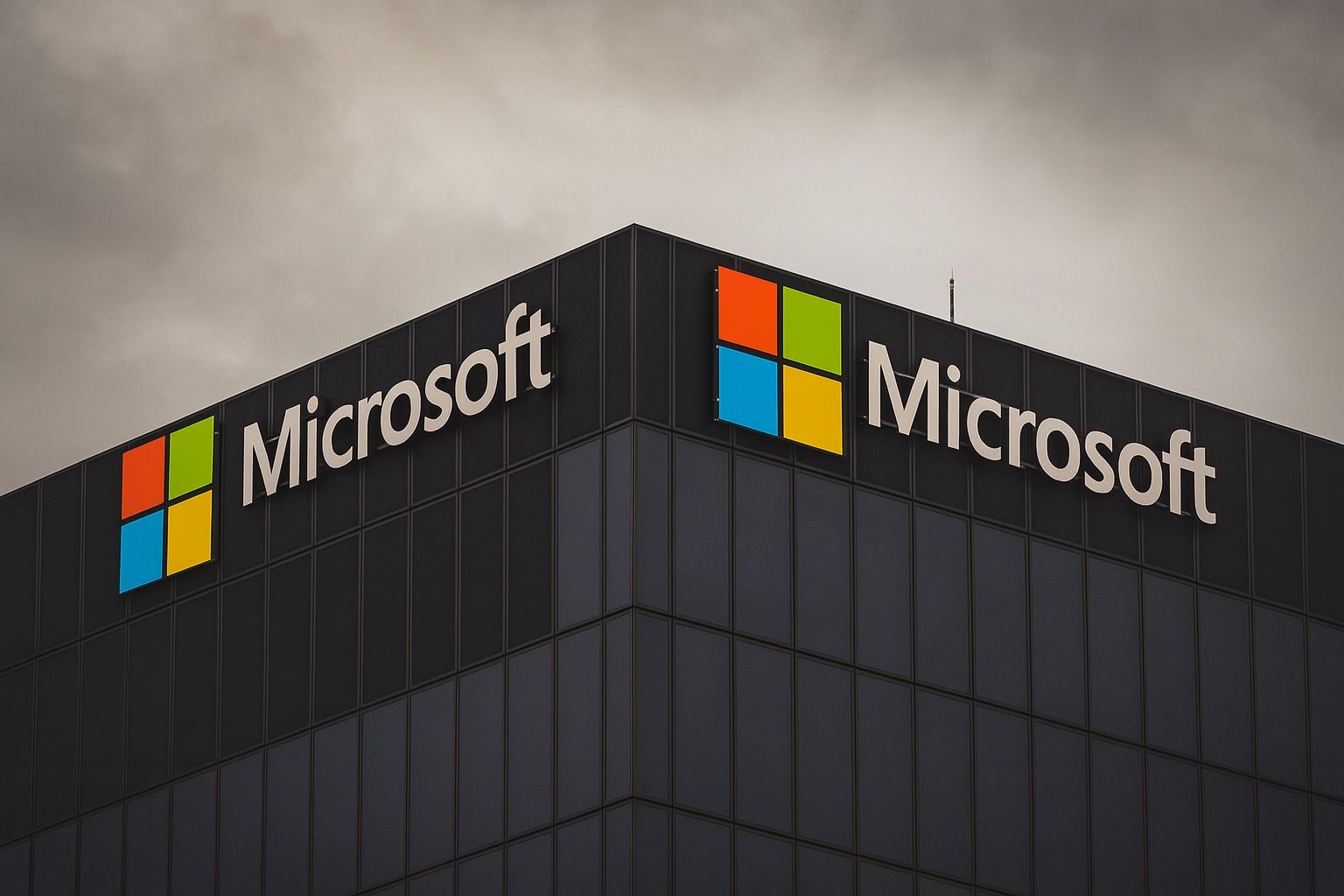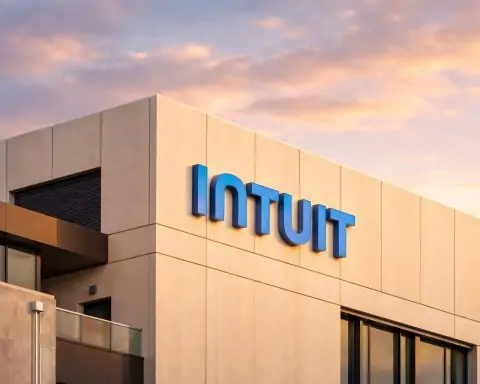Published: Monday, November 10, 2025 — Pre‑market
Quick take
- Stock snapshot: Microsoft last traded at $496.82 with an estimated $3.85T market cap and ~36.7x trailing P/E. Figures reflect the latest available trade as of Nov. 8 (01:15 UTC).
- Fresh headline risk:OpenAI’s seven‑year, $38B cloud deal with AWS ends Azure’s exclusivity and will dominate Monday’s narrative across mega‑cap tech. [1]
- Counterweight for Azure: Microsoft still re‑papered its OpenAI partnership on Oct. 28 (OpenAI valued at ~$500B; Microsoft retains a significant stake and long‑term tech rights), and management says OpenAI‑related commitments should boost bookings. [2]
- Securing compute: Microsoft struck a $9.7B, five‑year capacity deal with IREN for Nvidia chips and a multi‑billion‑dollar GPU deployment with Lambda, a signal it’s racing to alleviate AI capacity constraints flagged by management. [3]
- Dividend clock:$0.91 quarterly dividend payable Dec. 11; ex‑div. Nov. 20. Annual meeting set for Dec. 5 (virtual). [4]
1) Overnight & weekend developments investors are trading
OpenAI → AWS ($38B/7yrs). OpenAI will run workloads on Amazon Web Services, diversifying away from sole reliance on Azure. The timing (announced Nov. 3) keeps pressure on Microsoft’s Azure share-of-wallet narrative into this week. Watch sympathy moves in AMZN (AWS) and NVDA. [5]
Microsoft–OpenAI, chapter two. On Oct. 28, Microsoft and OpenAI restructured their relationship, with press and filings indicating OpenAI’s valuation around $500B and Microsoft maintaining a meaningful equity stake and long‑term product/model rights—even as OpenAI gains freedom to use multiple clouds. This reduces legal/structural overhangs but introduces multi‑cloud optics for Azure. [6]
Compute land‑grab continues. To address persistent GPU tightness, Microsoft signed a $9.7B deal for AI compute capacity with IREN and a multi‑billion‑dollar GPU build‑out with Lambda. Expect bulls to frame these as supply unlocks for Azure/Copilot, while bears flag capex and margin implications. [7]
2) The latest quarter in one screen (FY26 Q1, reported Oct. 29)
- Revenue:$77.7B (+18% y/y).
- Non‑GAAP EPS:$4.13 (+23% y/y). (Non‑GAAP excludes a $3.1B hit from OpenAI investments.)
- Microsoft Cloud revenue:$49.1B (+26% y/y).
- Azure & other cloud services:+40% (cc +39%).
- Commercial RPO:$392B (+51% y/y).
- Capital returns:$10.7B (dividends + buybacks).
Source: company release. [8]
Color for the open: The mix shows AI‑pull across cloud and M365, with Azure acceleration the standout. Management highlighted strong demand for Copilots and cloud services, though OpenAI‑related investment accounting adds noise to GAAP results. [9]
3) What Microsoft guided for this quarter (FY26 Q2)
- Company revenue:$79.5–$80.6B (+14–16% y/y).
- Azure growth: ~37% (cc), but capacity‑constrained through at least FY26.
- Microsoft Cloud gross margin: ~66%, down y/y on AI mix and investments.
- Capex: Rising sequentially as GPU/CPU spend accelerates.
- Bookings: Expected to be helped by OpenAI commitments signed around the earnings date.
Source: CFO commentary on the Q1 call. [10]
Interpretation: The guide implies durable top‑line momentum but acknowledges infrastructure bottlenecks and margin pressure from AI scale‑up—key debate points into the open.
4) Policy & legal backdrop
- EU Teams case largely neutralized: Brussels accepted Microsoft’s Office/Teams commitments in September (unbundling, pricing, interoperability), reducing a multi‑year antitrust overhang. Changes began Nov. 1. [11]
- UK cloud scrutiny: The CMA remains focused on cloud competition and licensing practices across hyperscalers, keeping a medium‑term regulatory watch flag on Azure. [12]
5) Calendar & catalysts
- U.S. CPI (Oct): Thu, Nov. 13, 8:30 a.m. ET — key for yields, equity multiples, and AI‑heavy megacaps. [13]
- Microsoft Ignite 2025 (San Francisco): Nov. 18–21 — expect Copilot/AI platform updates and enterprise adoption stories. [14]
- MSFT dividend/ex‑date:Nov. 20; $0.91 payable Dec. 11. Annual meeting:Dec. 5 (virtual). [15]
- Trading hours note: U.S. stocks trade normally this week; Tuesday (Nov. 11) is Veterans Day with bond markets closed but NYSE/Nasdaq open. [16]
6) What to watch at the open
- Azure narrative vs. OpenAI’s multi‑cloud pivot. The AWS pact is a headline negative for exclusivity optics, yet Microsoft’s revised OpenAI deal and management comments on bookings offer a counterbalance. Early commentary will parse how much OpenAI spend still routes to Azure versus AWS/Oracle. [17]
- Supply relief from IREN/Lambda. Any incremental detail on ramp timing, delivered megawatts, or GB300 availability will sway sentiment around Microsoft’s capacity constraint guidance. [18]
- Margin math. With cloud GM guided to ~66% on AI mix, investors will watch whether efficiencies or software ARPU (M365 Copilot/E5) can offset hardware intensity. [19]
- Macro sensitivity. Rates remain the tape’s referee; Thursday’s CPI can whipsaw long‑duration assets like MSFT. [20]
7) Analyst positioning (context, not advice)
Street stance remains constructive post‑earnings. Recent tallies show average 12‑month MSFT targets in the ~$635 area among large coverage sets, with most brokers on Buy/Overweight—though several have flagged capex as a near‑term lid on multiple expansion. [21]
8) Bottom line
Heading into Monday, Nov. 10, MSFT trades against two cross‑currents: (1) optics of OpenAI’s AWS shift versus (2) evidence of sustained demand (Azure +40% last quarter; Q2 guide solid) and actions to unlock supply (IREN/Lambda). With Ignite and CPI imminent and ex‑div next week, expect the open to hinge on how investors handicap Azure’s growth capacity versus share‑of‑wallet risk and the durability of AI‑driven software ARPU. [22]
Disclosure/Disclaimer: This article is for informational purposes only and is not investment advice. Always do your own research and consider consulting a licensed financial professional. Stocks and markets involve risk, including loss of principal.
References
1. www.reuters.com, 2. www.reuters.com, 3. www.reuters.com, 4. news.microsoft.com, 5. www.reuters.com, 6. www.reuters.com, 7. www.reuters.com, 8. www.microsoft.com, 9. www.microsoft.com, 10. www.microsoft.com, 11. www.reuters.com, 12. www.gov.uk, 13. www.bls.gov, 14. ignite.microsoft.com, 15. news.microsoft.com, 16. www.fidelity.com, 17. www.reuters.com, 18. www.reuters.com, 19. www.microsoft.com, 20. www.bls.gov, 21. www.marketwatch.com, 22. www.microsoft.com







